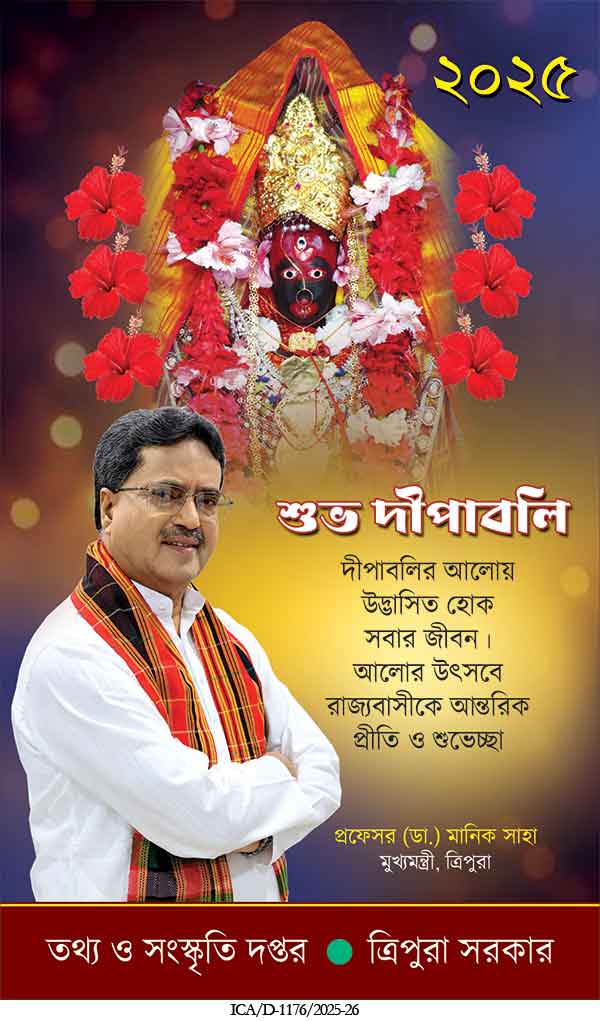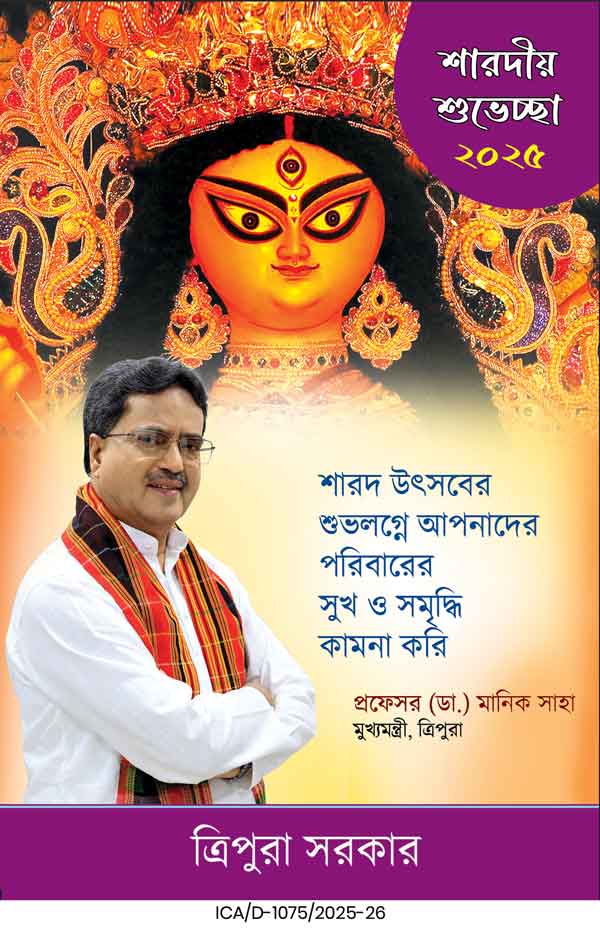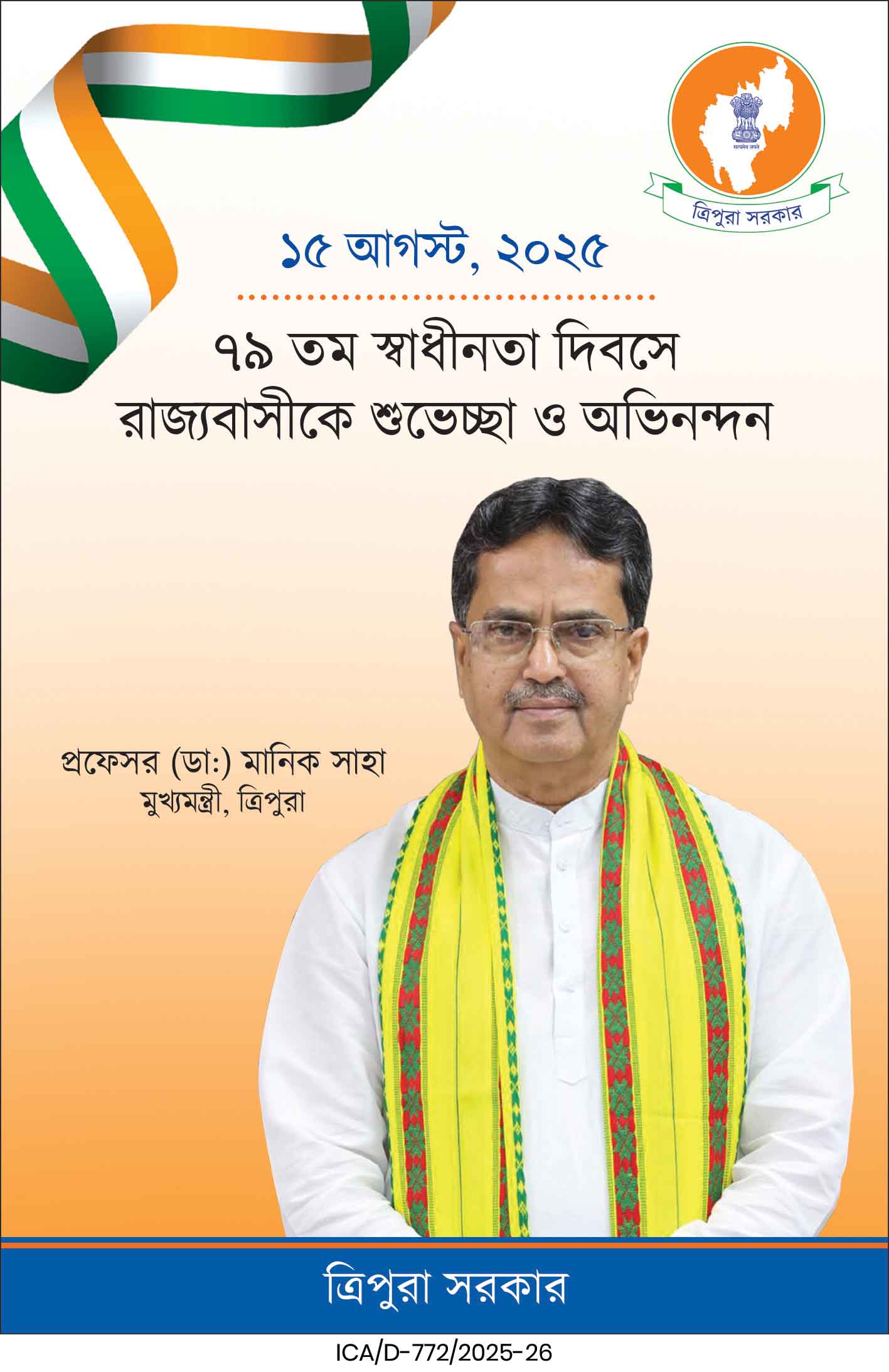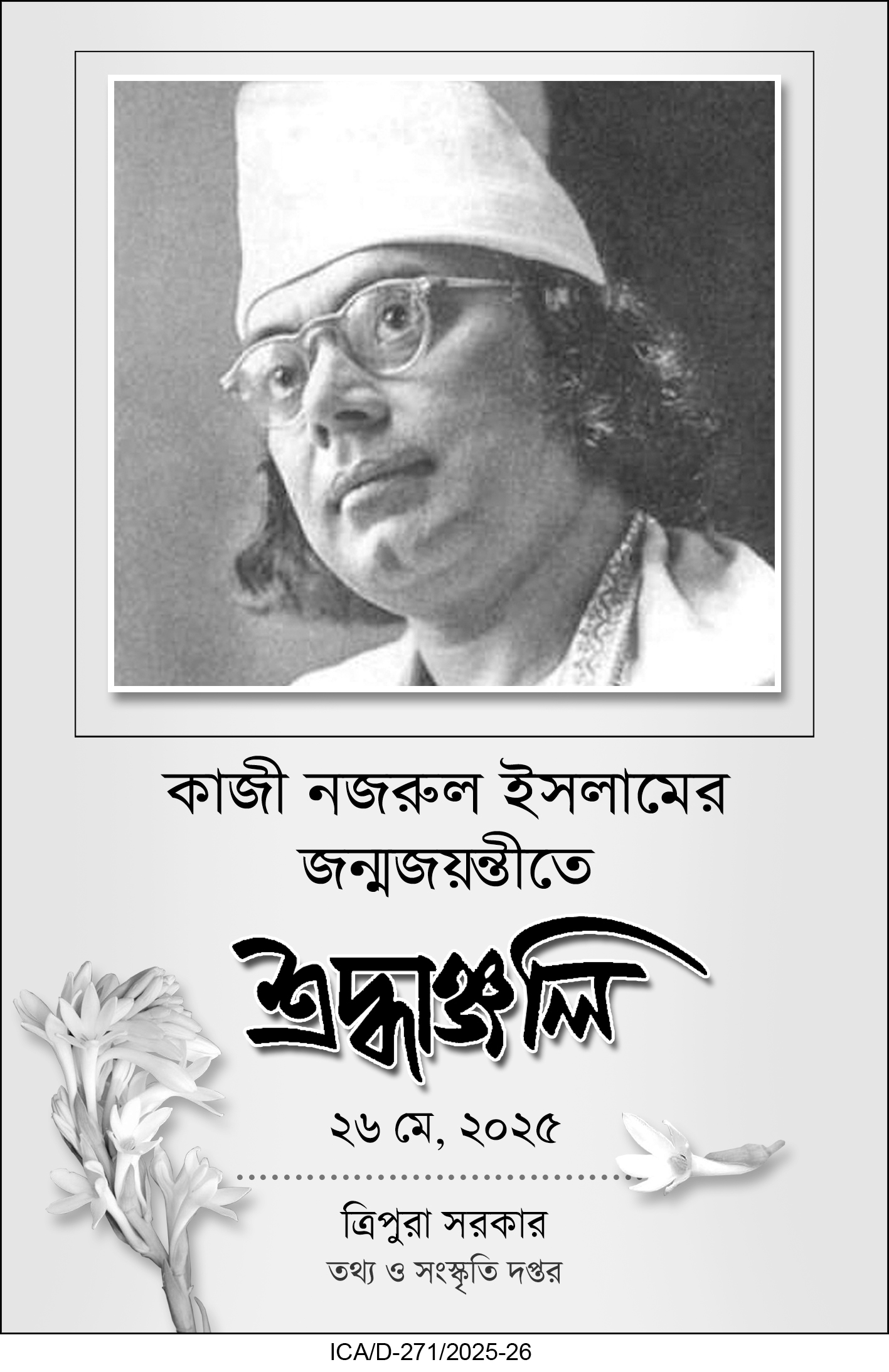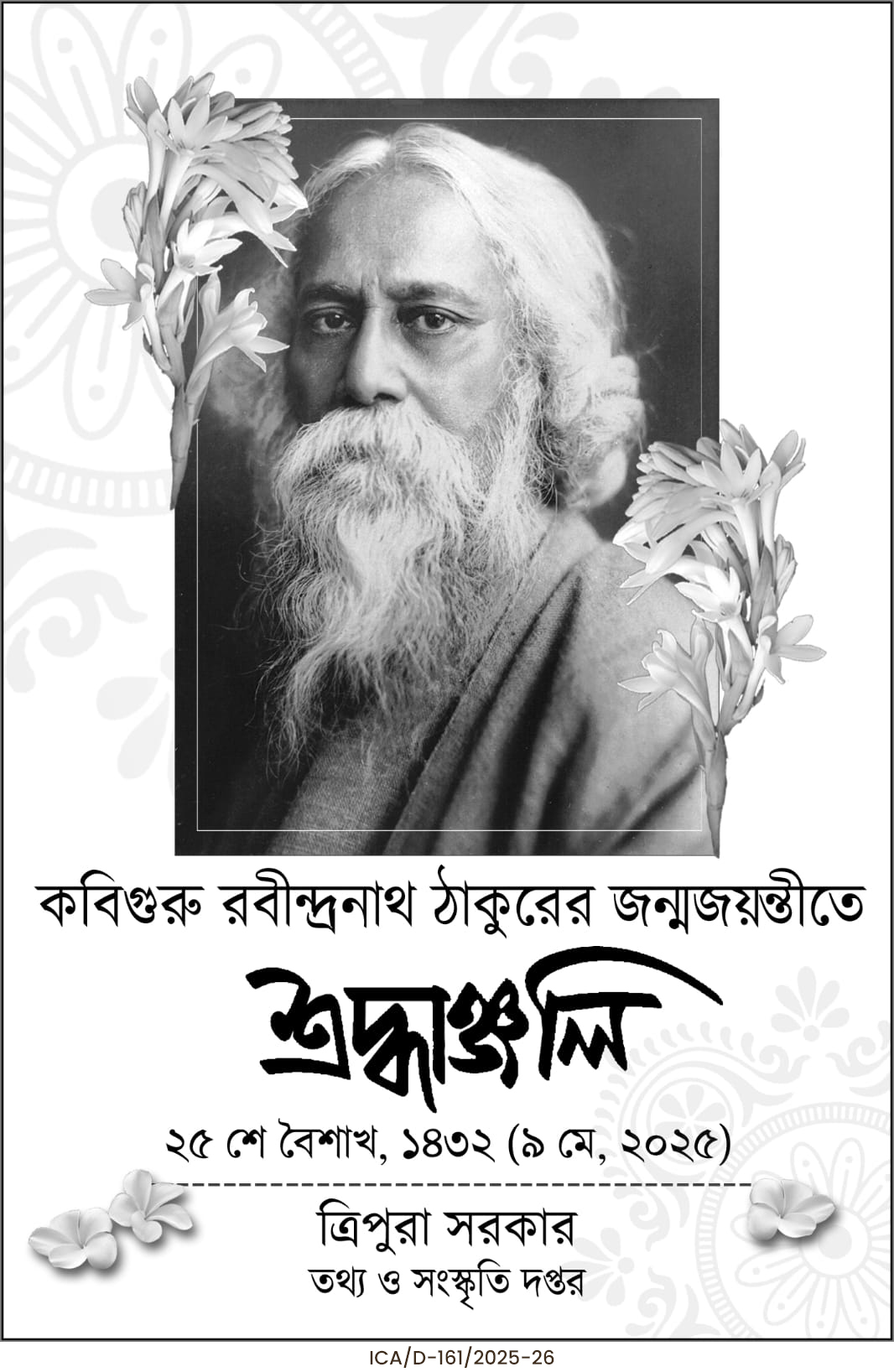BUET students and other universities blocked Dhaka’s Shahbagh intersection for a second day, demanding recognition of graduate engineers over diploma holders. Police used tear gas and water cannons as clashes erupted.
The capital city of Bangladesh descended into traffic chaos on Wednesday as hundreds of engineering students blocked the busy Shahbagh intersection for the second consecutive day. Students from the Bangladesh University of Engineering and Technology (BUET) and other engineering institutions marched under their previously announced “March to Dhaka” programme, pressing home their three-point demand against what they perceive as inequalities in professional recognition and job placement.
Protest Escalates at Shahbagh
According to reports in leading dailies, the students occupied the main road at Shahbagh from the morning hours, effectively paralyzing vehicular movement through one of Dhaka’s busiest traffic arteries. Shahbagh Police Station Officer-in-Charge (OC) Khalid Mansur confirmed that students took out a procession before seizing control of the intersection. The blockade caused hours of gridlock, severely affecting commuters, emergency services, and daily businesses in the city.
The protest, which began on Tuesday, had already disrupted traffic for more than five hours a day earlier. When their demands remained unmet by the interim government, students vowed to intensify their agitation.
Clashes with Police
As tensions escalated, law enforcement authorities attempted to disperse the demonstrators when they began marching towards Jamuna, the residence of interim Chief Advisor Muhammad Yunus. Police reportedly resorted to using tear gas shells, sound grenades, and water cannons. The intervention triggered scuffles between security forces and students, forcing the protesters to retreat and regroup at Shahbagh.
Eyewitnesses described chaotic scenes of students fleeing tear gas smoke, only to return with renewed slogans and defiance. The situation created panic among local residents and office-goers caught in the confrontation zone.
Students’ Demands
The engineering students’ protests center around three core demands:
Professional Identity – Diploma engineers should not be allowed to use the title “engineer” before their name.
Promotional Restrictions – Diploma engineers should not be promoted to the ninth-grade level.
Employment Priority – Graduate engineers must be guaranteed opportunities for 10th-grade job entry.
Chanting slogans such as “Merit, or quota, merit, merit,” and “In my golden Bengal, there is no place for inequality,” the protesters denounced what they called an unfair system that undermines years of rigorous academic training at engineering universities.
One student leader, identified as Rizwan, told local media: “Yesterday we presented three demands. But as the interim government did not meet them, we have taken a stricter action today.”
Nationwide Call for Solidarity
The demonstrators also appealed for solidarity from engineering students nationwide. They urged peers from institutions across Bangladesh to converge at Shahbagh in the coming days, potentially broadening the scope of the protests.
Observers note that the movement carries echoes of earlier student protests that have historically reshaped political discourse in Bangladesh. Given the scale and determination of the protesters, analysts suggest the issue could evolve into a larger movement if the government continues to remain unresponsive.
Backdrop of Political Unrest
Bangladesh has been witnessing heightened political turbulence and frequent street protests since Nobel Laureate Muhammad Yunus assumed the role of Chief Advisor in the interim government last August. With opposition parties, student groups, and civil society activists repeatedly taking to the streets over governance and policy issues, law and order has often spiraled into uncertainty.
The engineering students’ agitation now adds another dimension to this volatile landscape. What began as a professional demand for fair recognition and employment opportunities has rapidly grown into a mass movement capable of drawing national attention.
Looking Ahead
As of Wednesday evening, the Shahbagh intersection remained tense, with heavy deployment of police forces and restless groups of students occupying sections of the roadway. While the government has yet to issue an official response to the students’ demands, pressure is mounting on authorities to engage in dialogue and defuse the situation before it escalates further.
| Also Read: Japan Protests China’s New Structure in East China Sea |
For now, Dhaka remains gridlocked, both literally and politically, as engineering students vow to continue their protests until their voices are heard.

